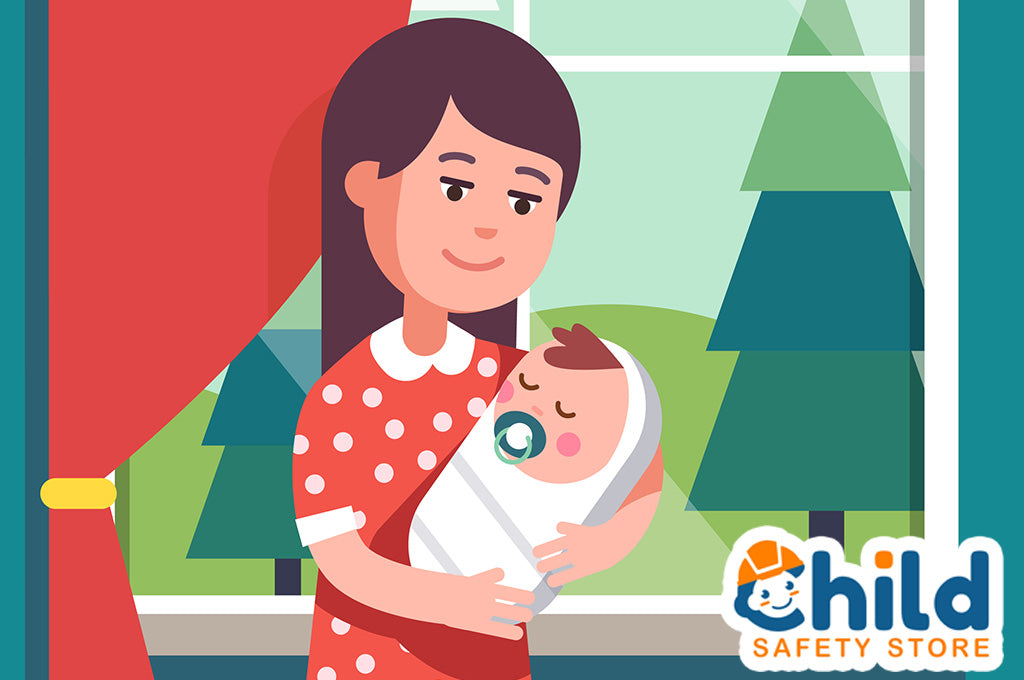
Keeping Your Little Ones Cozy: Baby's Body Heat
Parenthood comes with a whirlwind of joy, love, and responsibilities. One crucial responsibility is ensuring your baby stays warm and comfortable. Did you know that baby's body heat drops faster than adults? It's a fact that might surprise many parents, but is essential for understanding how to ensure your little one's wellbeing.
Why Babies Lose Body Heat Faster
Imagine a chilly winter evening, and you're bundled up in layers to stay warm. Now, picture your little one in their cute onesie. It's adorable, but it's not enough. Part of childcare requires proper outfits and a safe, warm sleep environment.

Babies, especially newborns, have a higher surface area to body weight ratio than adults. This means they have more skin, relative to their overall size, that is exposed. This makes the baby more susceptible to heat loss.
Additionally, according to the Mayo Clinic, their small bodies have a limited ability to regulate temperature compared to grown-ups. It's like they have a tiny thermostat that takes some time to kick in. As such, parents should always keep a close watch on a baby’s body heat.
Their inability to regulate their temperature also makes them much more vulnerable to temperature extremes. This increases the risk of health issues, such as hypothermia or even respiratory problems.
We’ve covered this on our social media pages in the past. For more tips, be sure to follow Child Safety Store on Facebook and Instagram. Feel free to sign up for our weekly newsletter as well!
Monitoring Baby's Body Heat: A Priority, Not an Option
To address the fact that babies are more vulnerable to temperature extremes, it's crucial to keep a close eye on your baby's body heat. Here are some practical tips to keep your little one warm and snug:
- Dress Them in Layers: Layering is key when it comes to regulating body temperature. Opt for onesies or sleepers as a base layer and add a swaddle or blanket for extra warmth.
- Maintain Room Temperature: Set the thermostat in your baby's room between 68-72°F (20-22°C). This provides a comfortable environment for them to sleep and play without overheating or getting too cold.
- Check for Signs of Discomfort: Your baby can't tell you if they're too hot or cold, so pay close attention to cues. If they're sweating, remove a layer. If their hands or feet feel cool, add an extra blanket.
- Use Warm Bedding: Choose snug-fitting sheets and blankets to prevent them from becoming tangled. Loose bedding poses a suffocation risk and also increases the chances of overheating.

Potential Health Benefits of Maintaining Baby's Body Heat
Making sure your baby stays warm isn't just about comfort; it can also have lasting health benefits. A well-regulated body temperature contributes to:
- Better Sleep: A cozy and warm environment promotes better sleep for your little one. Quality sleep is crucial for their growth and development.
- Improved Immune Function: Maintaining a stable body temperature supports a healthy immune system. This is particularly important during the early months of life when a baby's immune system is still developing.
- Enhanced Digestion: Babies who are comfortably warm tend to have improved digestion. This can lead to less fussiness and better feeding experiences.
- Reduced Stress Levels: A warm and secure environment reduces stress levels for your baby. This sense of comfort fosters a stronger bond between parent and child.
Embrace the Warmth for a Happy, Healthy Baby
In the grand adventure of parenting, keeping your baby warm is a small yet vital detail that contributes to their overall wellbeing. Remember, it's not just about warmth; it's about setting the stage for a lifetime of health and happiness. So, wrap your bundle of joy in love and warmth – it's the best gift you can give them.
